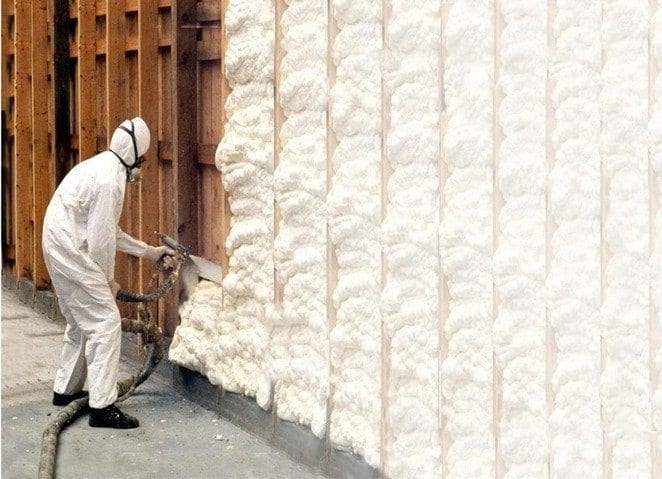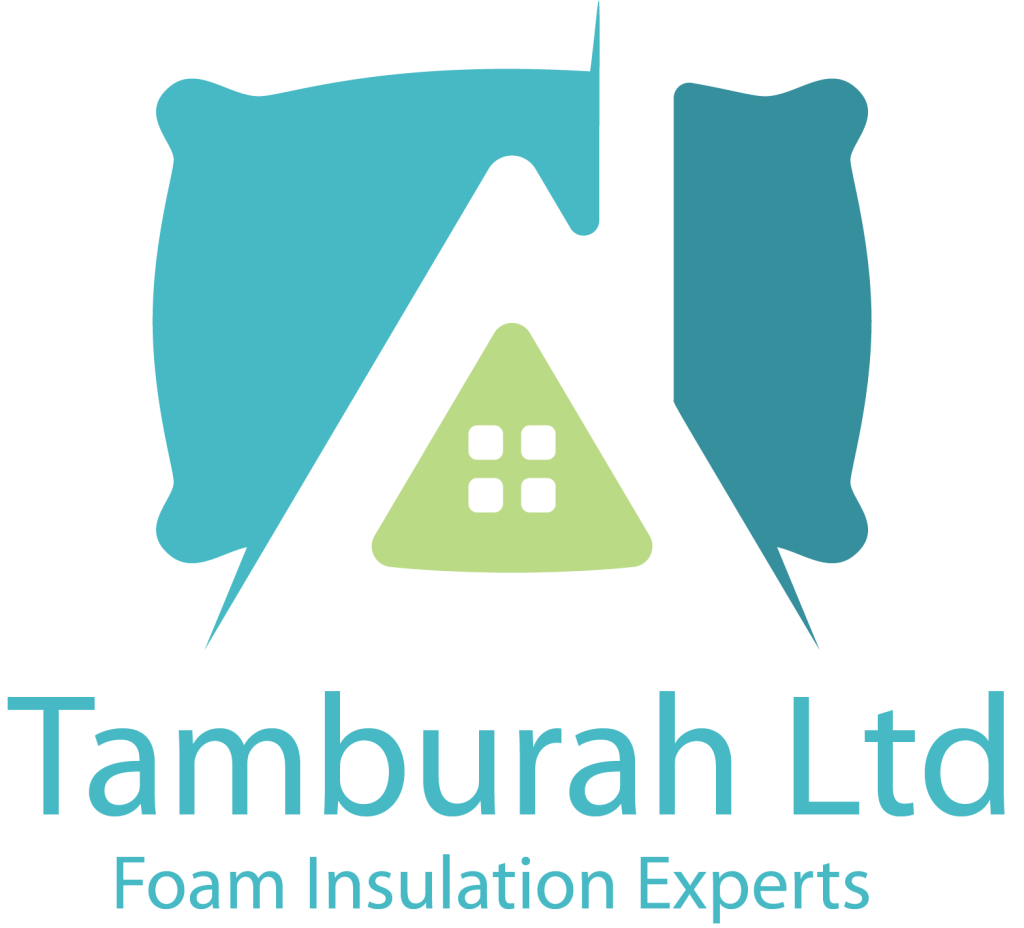
Effective Strategies for Insulating an Old House Without Compromising Their Integrity
Insulating an old house can be a delicate balancing act. While modern insulation techniques can vastly improve energy efficiency and comfort, they can also pose risks to the unique structure and breathability of older homes. This guide will walk you through the best methods to insulate an old house, ensuring it remains both warm and structurally sound.
Why Insulating an Old House Requires Care
Older houses were built with materials and techniques that differ significantly from modern construction. These homes often rely on their ability to “breathe,” allowing moisture to escape rather than becoming trapped inside walls, floors, or roofs. Improper insulation can disrupt this balance, leading to issues like dampness, rot, and mould. Therefore, choosing the right materials and methods is crucial.
Breathable Insulation for Old Houses
Breathable insulation is key when working with old properties. Unlike some modern insulation materials that are impermeable, breathable insulation allows moisture to pass through without causing condensation within the structure. This is particularly important for homes with solid walls or those built with materials like stone or lime mortar.
Suitable Materials for Breathable Insulation
Sheep’s Wool: Naturally hygroscopic, sheep’s wool can absorb and release moisture without losing its insulating properties. It is an excellent choice for both wall and roof insulation in old homes.
Hemp: Another natural material, hemp insulation is both breathable and offers good thermal performance. It’s also eco-friendly, making it a popular choice for green renovations.
Wood Fibre Boards: These are rigid boards that can be used on walls and roofs. They are breathable and can be finished with a lime plaster, which maintains the breathability of the wall system.
Techniques for Insulating Different Areas of an Old House
Insulating Walls in an Old House
When it comes to insulating the walls of an old house, the approach will largely depend on whether the walls are solid or have a cavity.
Insulating Solid Walls
Solid walls, common in many older homes, do not have a cavity that can be filled with insulation. Instead, they require either internal or external insulation.
Internal Wall Insulation: This involves adding insulation to the inside of the external walls. A common method is to install wood fibre boards or a hemp-lime mix, which can then be plastered over with breathable lime plaster. This method retains the external appearance of the house but reduces the interior space slightly.
External Wall Insulation: This method involves adding a layer of insulation to the outside of the walls, typically using materials like wood fibre or expanded polystyrene (EPS). The insulation is then covered with a render that matches the existing exterior finish. This option preserves the internal space but can alter the external appearance, which may be restricted in listed buildings or conservation areas.
Insulating Cavity Walls
For houses with cavity walls, the cavity can be filled with insulation. However, care must be taken to choose materials that do not lead to damp problems. Bead insulation or breathable foam insulation can be good choices, as they minimise the risk of moisture becoming trapped within the walls.
Insulating an old house can be a delicate balancing act. While modern insulation techniques can vastly improve energy efficiency and comfort, they can also pose risks to the unique structure and breathability of older homes. This guide will walk you through the best methods to insulate an old house, ensuring it remains both warm and structurally sound.
Insulating Floors in an Old House
Insulating floors in an old house can be challenging but is crucial for preventing heat loss and improving comfort.
Suspended Timber Floors
Many older homes have suspended timber floors, which can be insulated by lifting the floorboards and installing insulation between the joists. A breathable material like sheep’s wool is ideal, as it allows moisture to pass through without causing condensation under the floorboards.
To prevent draughts, it’s also important to install a vapour-permeable membrane above the insulation, which stops cold air from circulating in the void beneath the floor.
Solid Floors
Solid floors, such as those made of concrete or stone, are more difficult to insulate without significant disruption. In some cases, it might be necessary to dig up the existing floor to install insulation beneath it. However, this is a costly and invasive process. An alternative is to add a layer of insulating screed or underfloor heating with a thin layer of insulation beneath it, which can provide additional warmth without major excavation.
Insulating an Old House from the Outside
Insulating an old house from the outside can be one of the most effective ways to improve thermal performance without compromising the interior space.
External Insulation Systems
These systems typically involve attaching a layer of insulation to the outside of the house and then covering it with a render or cladding. This method is particularly effective for solid-wall houses, where internal insulation might be less desirable due to space constraints.
Considerations for External Insulation
When insulating externally, it’s crucial to maintain the breathability of the structure, particularly if the house is made of materials like stone or brick. Using breathable external insulation materials, such as wood fibre boards or breathable EPS, helps prevent moisture problems.
Additionally, planning permission may be required if the insulation changes the appearance of the building, especially in listed properties or conservation areas.
Best Cavity Wall Insulation for Old Houses
When dealing with cavity wall insulation in an old house, selecting the right material is essential to avoid issues like dampness and condensation. The best options are those that provide good insulation while allowing some level of breathability.
Suitable Materials
Mineral Wool: While not as breathable as some other materials, mineral wool is a common choice for cavity wall insulation due to its fire resistance and good thermal performance.
Polystyrene Beads: These are another popular option. They offer good insulation and can fill cavities more effectively than some other materials, reducing the risk of gaps that could lead to cold spots.
Foam Insulation: Some modern foams are designed to be breathable, making them a suitable option for older homes. However, it’s important to ensure that any foam used does not trap moisture within the walls.
Preventing Common Pitfalls in Old House Insulation
When insulating an old house, it’s easy to make mistakes that can have long-term consequences. Here are some common pitfalls to avoid:
- Using Non-Breathable Materials: As discussed, non-breathable insulation can trap moisture and lead to mould and rot. Always choose materials that are designed for use in historic buildings.
- Blocking Air Vents: Many old houses rely on air vents to maintain ventilation. Blocking these vents can cause condensation and damp issues, so make sure they remain unobstructed.
- Ignoring Planning Regulations: External insulation, in particular, can be subject to planning restrictions. Always check with your local planning authority before starting work.
- Overlooking Structural Issues: Before adding insulation, it’s essential to check for existing structural problems such as dampness or rot. Insulating over these issues can make them worse, so address any underlying problems first.
The Importance of Professional Guidance
Insulating an old house is not a DIY job. The complexities involved require more than just basic knowledge; they demand a deep understanding of both modern insulation techniques and traditional building practices. This is where partnering with a professional like Tamburah can make all the difference.
Tamburah, a leader in the Irish market, specialises in providing comprehensive foam insulation services across the country. With a strong focus on energy efficiency and comfort, Tamburah offers a range of insulation solutions tailored to both residential and commercial properties. Their expertise extends to spray foam, attic, crawl space, and wall insulation, ensuring that every project meets the unique needs of the property while maintaining the highest standards of quality and sustainability.
Conclusion: Balancing Efficiency and Preservation
Insulating an old house without damaging it requires a careful approach that balances modern efficiency with the unique needs of older structures. By choosing breathable insulation materials and considering the specific characteristics of your home—whether it be solid walls, cavity walls, or suspended timber floors—you can improve warmth and comfort while maintaining the integrity of the building.
Always consider consulting with a professional who has experience with older properties to ensure that your insulation project is successful and preserves the character and longevity of your home.
